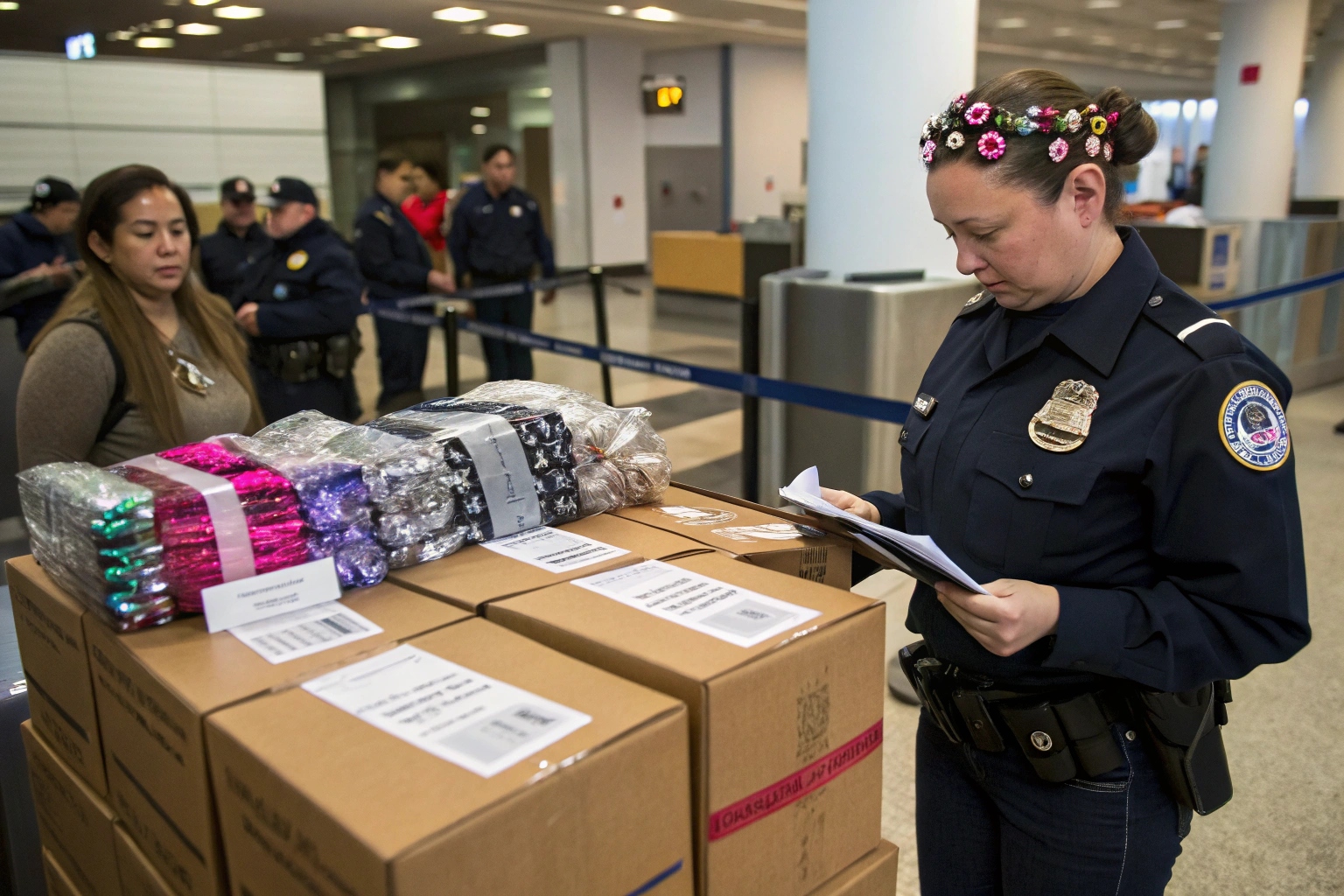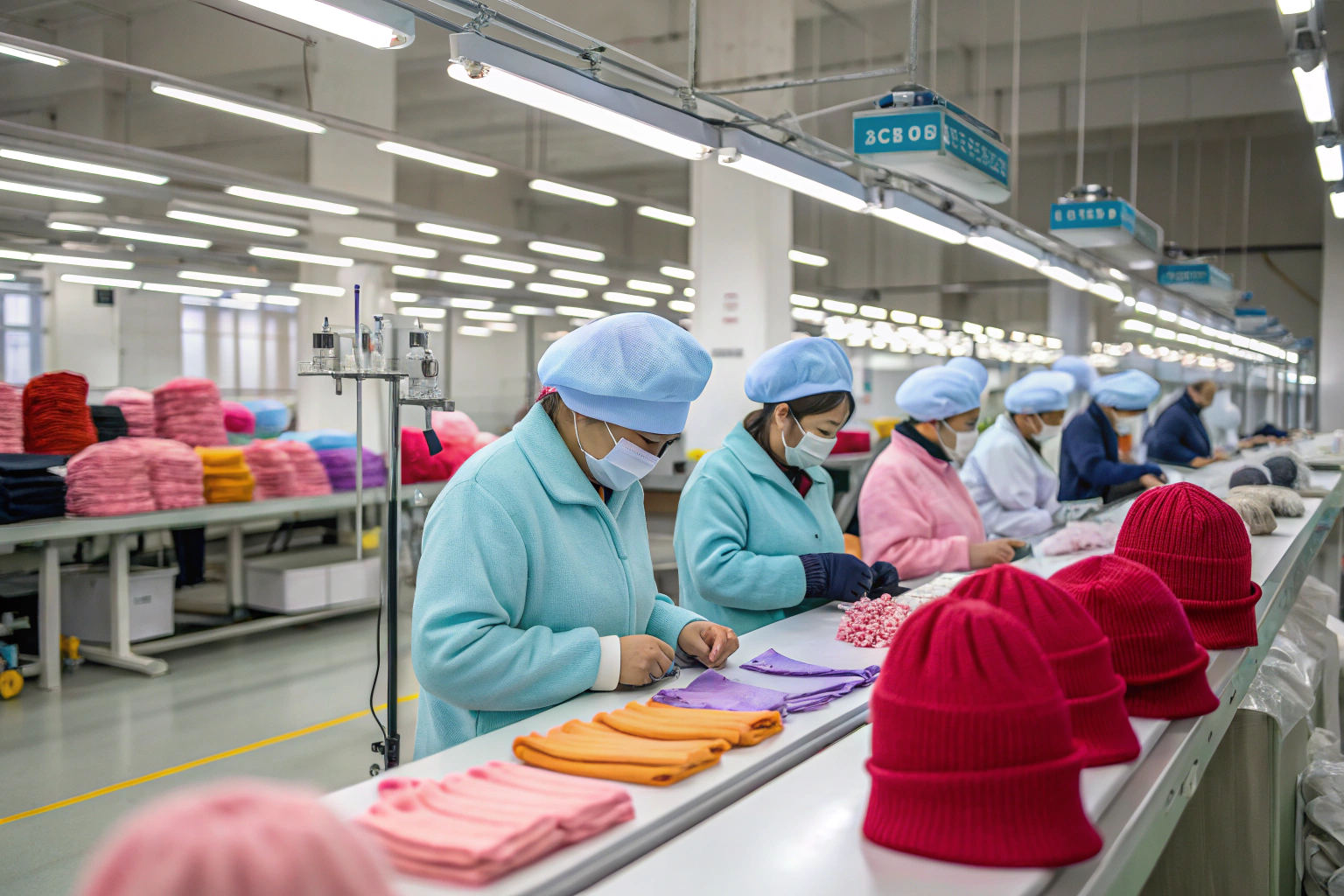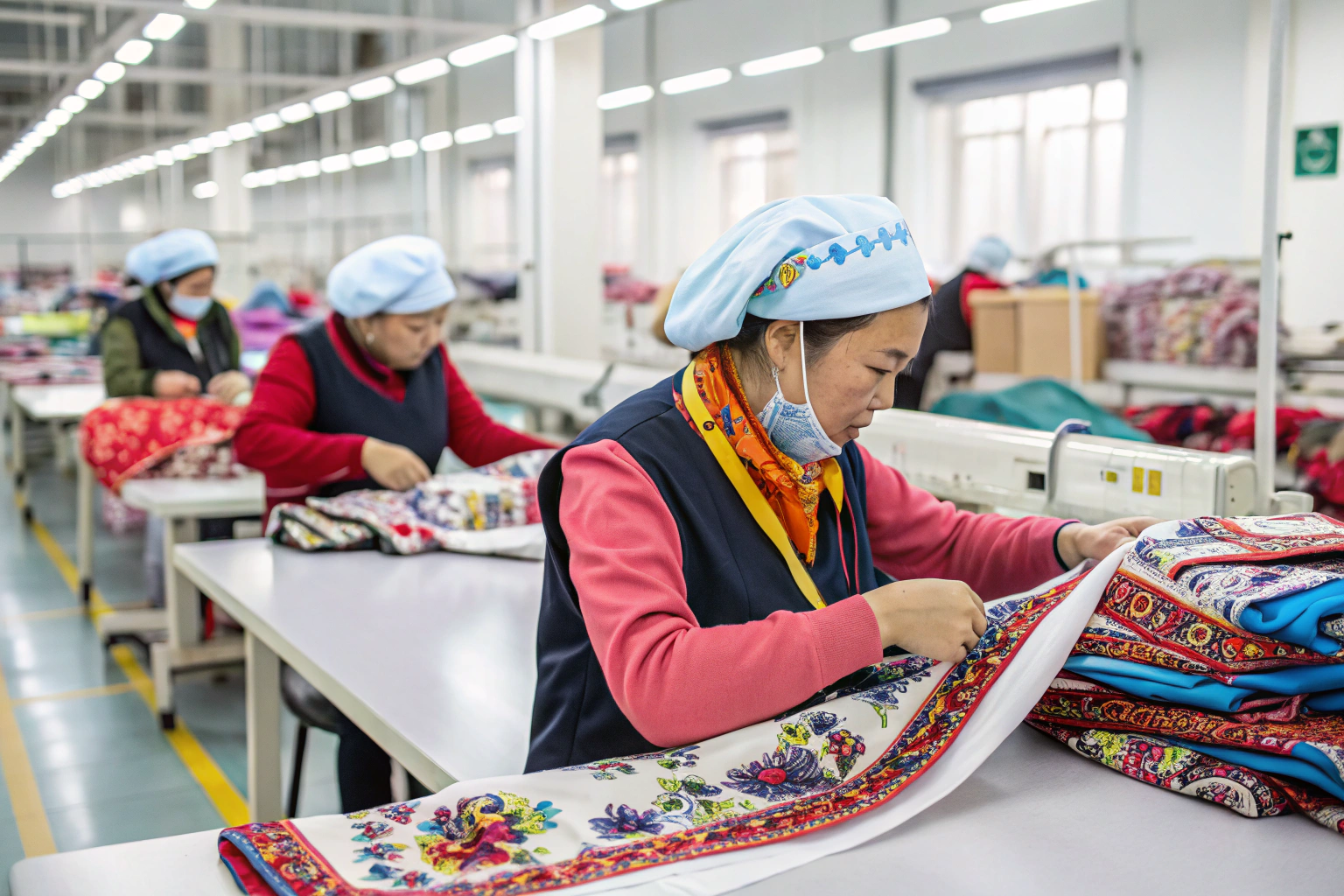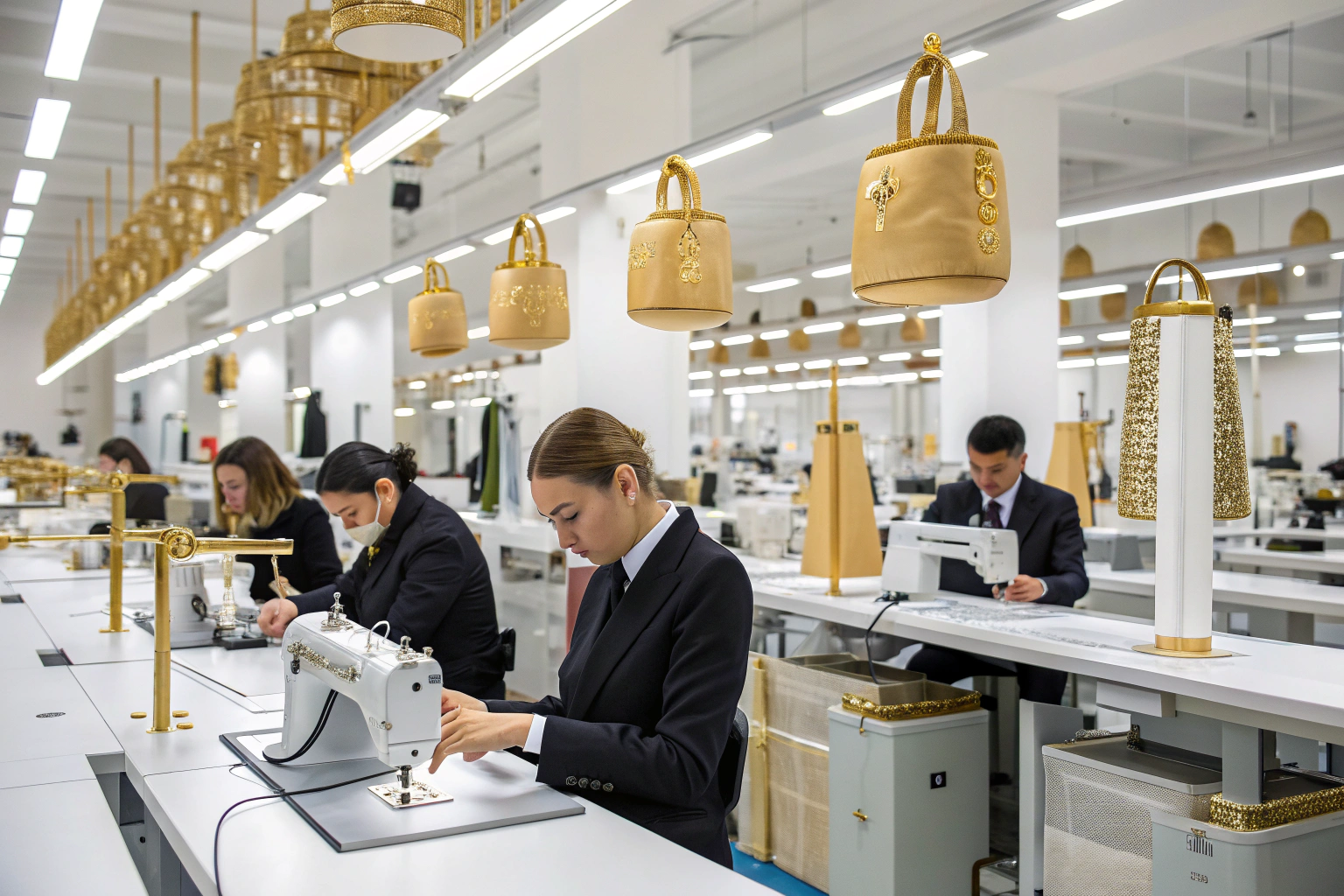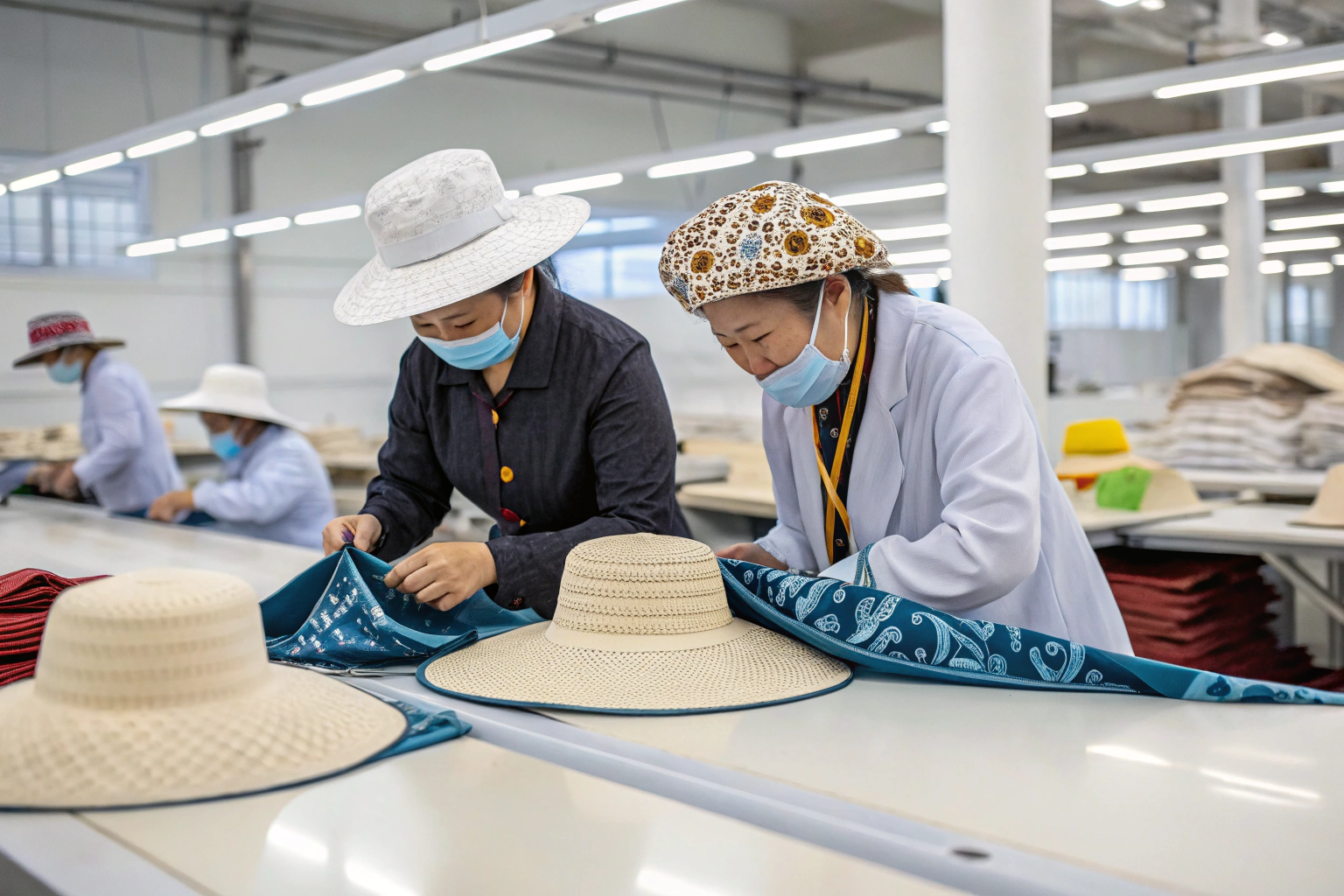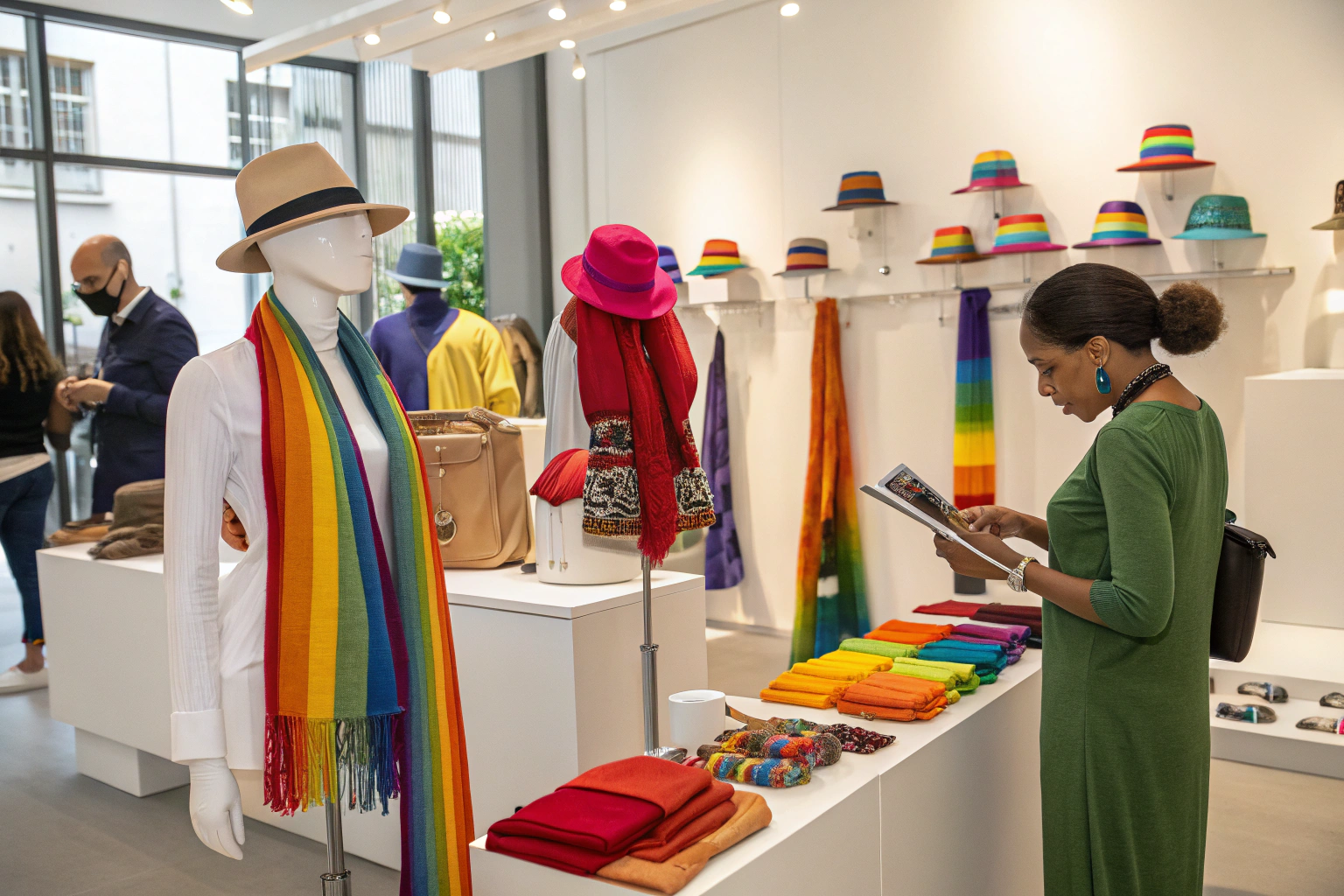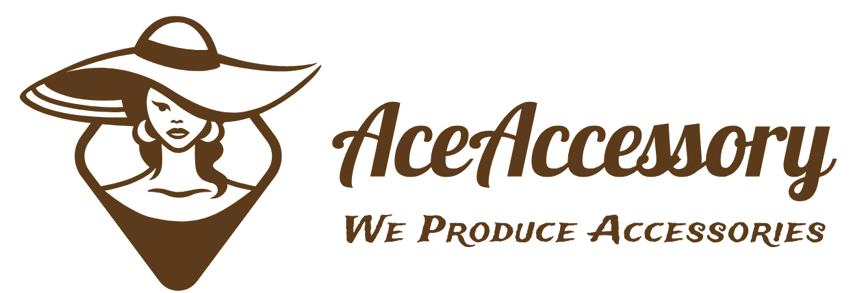Hair accessories may look simple, but one wrong number on a customs form can lead to penalties, delays—or even seizure. US Customs and Border Protection (CBP) takes valuation seriously, especially for low-cost, high-volume items like clips and bands.
CBP values hair accessories based on the transaction value—the price actually paid or payable for the goods. Accurate HS codes and clear material descriptions ensure proper duty assessment.
As an exporter of clips, headbands, and scrunchies to the US for over a decade, I’ve seen how the smallest paperwork error can cost a fortune. Here’s how to get CBP valuation right, the first time.
What Is Transaction Value in CBP Declarations?
Many importers assume that they can just declare the lowest number possible. That’s risky—and wrong.
Transaction value is the primary method CBP uses to calculate import duties. It reflects the price the buyer actually paid for the goods, including all amounts paid to the seller, with some adjustments.
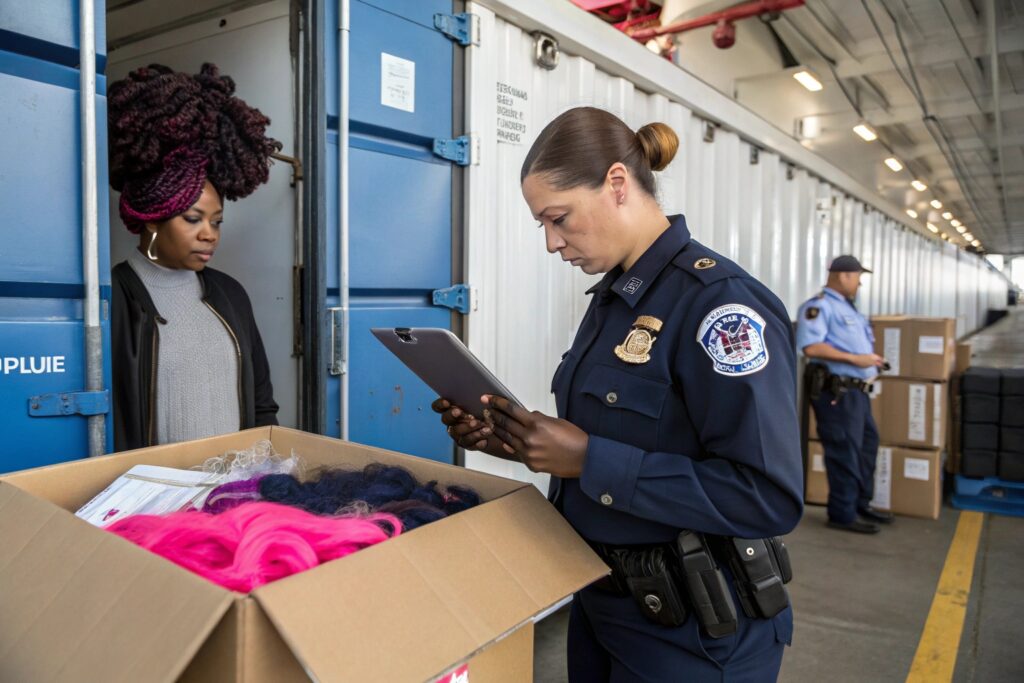
What does CBP include in “transaction value” for hair clips and bands?
According to CBP (19 U.S.C. § 1401a), transaction value includes:
| Component | Included in Value? |
|---|---|
| Product price (invoice) | ✓ |
| Packing costs | ✓ |
| Selling commissions | ✓ |
| Assists (designs/tools provided) | ✓ |
| Royalties/license fees | ✓ |
| Freight (if sold CIF) | ✓ |
| Post-import services | ✗ |
| US-side marketing | ✗ |
For example, if you buy 10,000 hair clips for $0.25 each and pay $200 for custom packaging and $150 for a mold assist, your declared transaction value must include those assists.
We help clients document assists and packaging separately on commercial invoices to keep everything clear and compliant.
What happens if you declare below the actual paid value?
CBP may reappraise the goods, issue penalties, or withhold release. A US importer we worked with once underdeclared scrunchie costs by $500, triggering an audit that delayed clearance by two weeks and cost $1,200 in legal fees.
How to Report Accessories with Mixed Materials?
Accessories often combine metal, plastic, rubber, and textiles—making classification tricky.
To report accessories with mixed materials, identify the component that gives the item its “essential character.” Then apply the correct HS code based on CBP's General Rules of Interpretation (GRI).
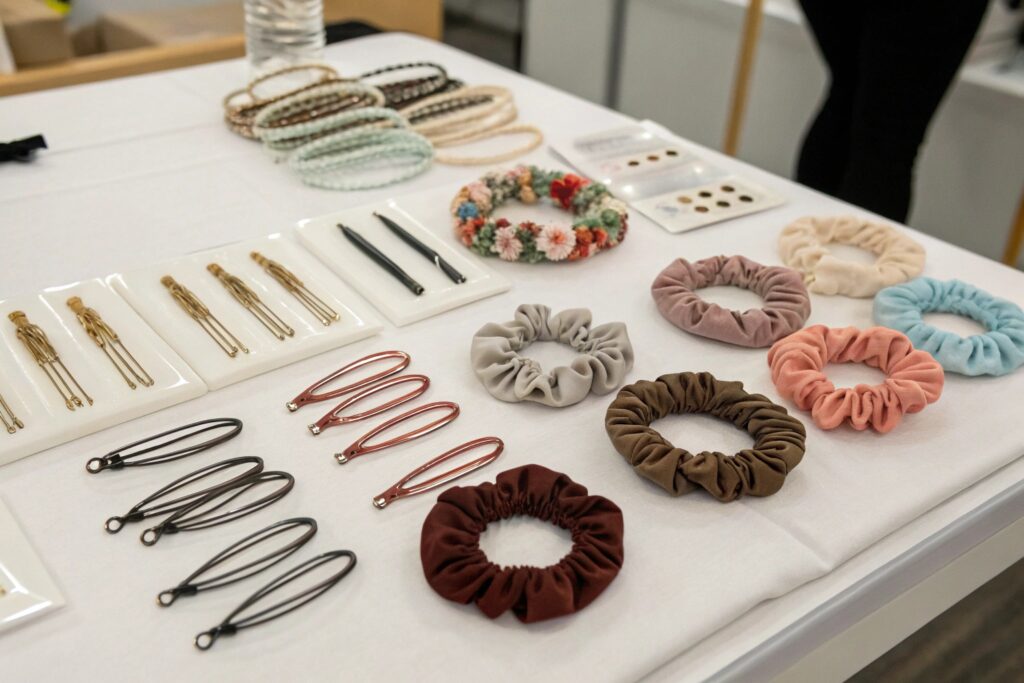
What’s the right way to declare a mixed-material headband or clip?
Examples:
| Accessory | Main Material | HS Code | Duty Rate |
|---|---|---|---|
| Plastic hair clip with metal spring | Plastic | 9615.11.3000 | 2.6% |
| PU-covered hairband with elastic core | PU/plastic | 9615.11.4000 | 2.8% |
| Metal headband with fabric wrap | Metal | 9615.19.6000 | 2.8% |
CBP uses GRI 3(b), which states that when items are made of different materials, classification is based on the one that gives it its essential function or use.
We support our clients by:
- Providing material breakdown sheets
- Including photos and diagrams when HS codes are borderline
- Contacting brokers in advance for high-value or mixed SKUs
What if there’s no clear dominant material?
If two components share functionality equally, CBP may classify based on the component listed first in your invoice description—another reason to write product descriptions carefully.
Declaring Hair Accessories with Accurate HS Codes.
Using the right HS code isn’t just about duty rate—it’s about compliance and smooth customs clearance.
Hair accessories fall under Chapter 96 of the Harmonized Tariff Schedule. Use subheadings like 9615.11 for plastic clips, and 9615.19 for metal or fabric-based bands.
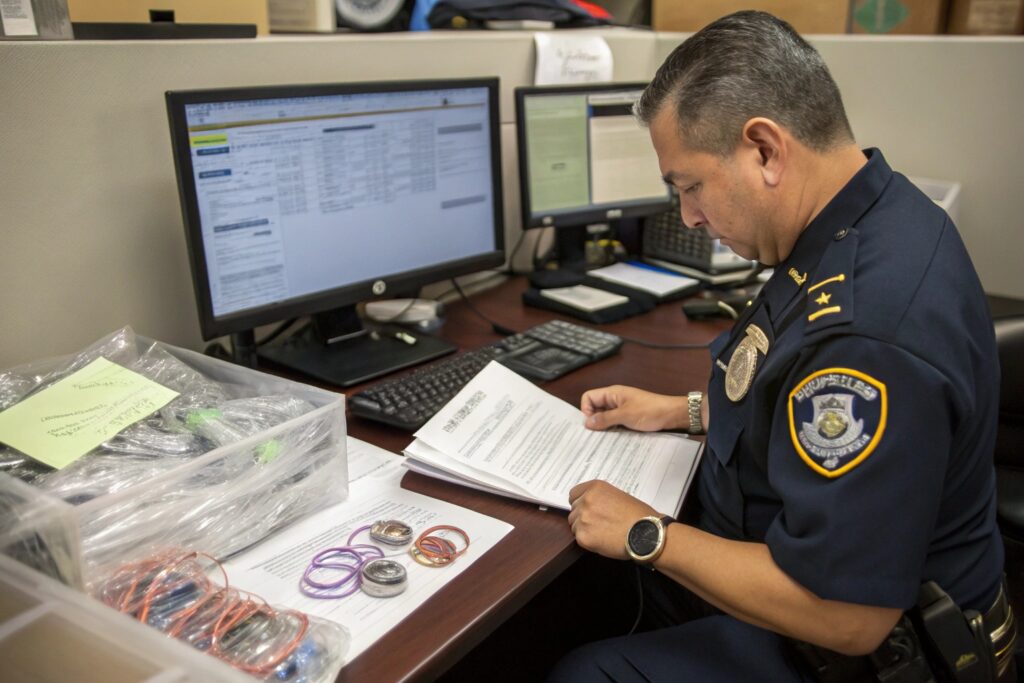
What HS codes are most commonly used for US-bound hair clips and bands?
| Product | Suggested HS Code | Description | Duty Rate |
|---|---|---|---|
| Plastic hair clip | 9615.11.3000 | Hair-slides, plastic | 2.6% |
| Fabric-covered elastic band | 9615.11.4000 | Hair bands, elastic, textile-covered | 2.8% |
| Metal headband with decoration | 9615.19.6000 | Other hair accessories, metal | 2.8% |
| Multi-pack gift set (clip + comb) | 9615.90.2000 | Sets including multiple accessories | 4.5% |
We prepare pre-classified HS code sheets for our US clients based on sample orders, lab tests, and actual CBP rulings.
Why do incorrect HS codes cause delays?
- Incorrect duty rates = payment issues
- Misclassified items = flagging or rejection
- Inconsistent documentation = reinspection
In one case, a buyer listed all items under 9615.11.3000, but their batch included 25% metal headbands. The discrepancy led to repackaging, reclassification, and $600 in storage charges.
Common Valuation Mistakes Importers Should Avoid.
Mistakes in customs declarations don’t just cost money—they damage importer trust with CBP.
The most common valuation mistakes include underdeclaring product cost, omitting assists or packaging fees, using the wrong incoterm, and failing to document discounts or commissions clearly.
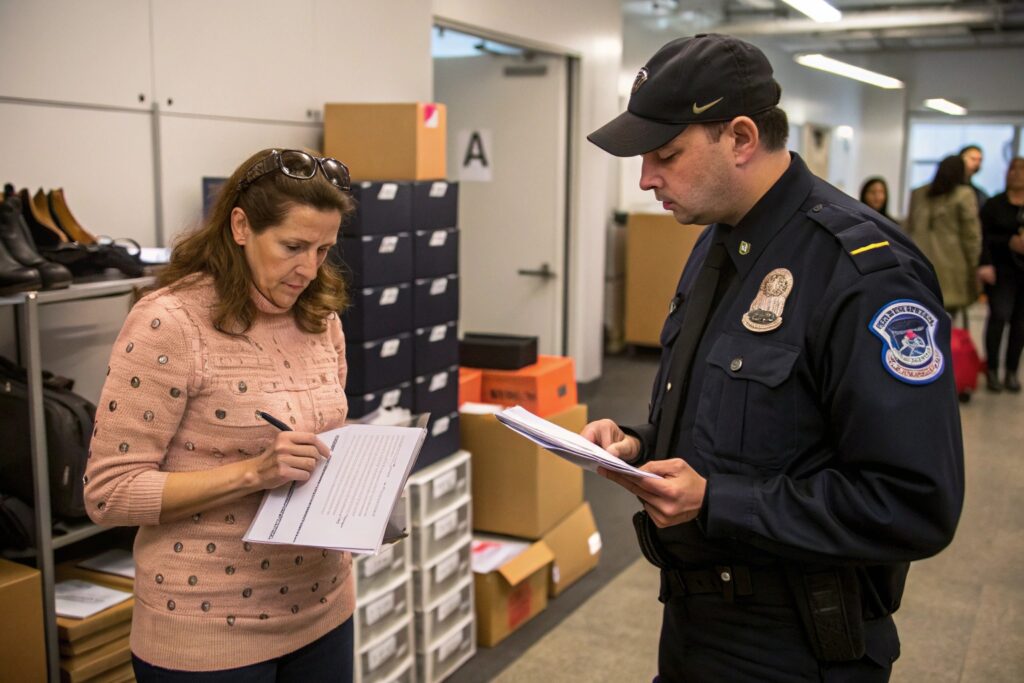
What are the top errors we’ve seen US buyers make—and how can you avoid them?
| Mistake | Consequence | How to Avoid |
|---|---|---|
| Declaring FOB price but shipping CIF | CBP adds freight cost = higher duty | Match incoterm to real terms |
| Omitting molds/assists paid to supplier | CBP revalues and penalizes | Include in invoice breakdown |
| Understating per-unit value | Customs hold or penalty | Use signed commercial invoice |
| Using mixed HS codes on one invoice | Inconsistent classification | List each SKU separately |
| Ignoring discounts or rebates | CBP adjusts value upward | Document all commercial agreements |
We offer all our US clients:
- HS code support
- Invoice and valuation templates
- CBP audit-prep documents
- DDP service for zero-risk deliveries
Why choose a factory that understands US valuation rules?
When we handle logistics and paperwork, your goods clear faster, avoid red flags, and arrive on time. That peace of mind is why many of our buyers stick with us season after season.
Conclusion
CBP valuation isn’t just about numbers—it’s about transparency, accuracy, and working with a factory that knows how the system works. Get your transaction values, HS codes, and declarations right, and your hair accessories will sail through customs every time.

